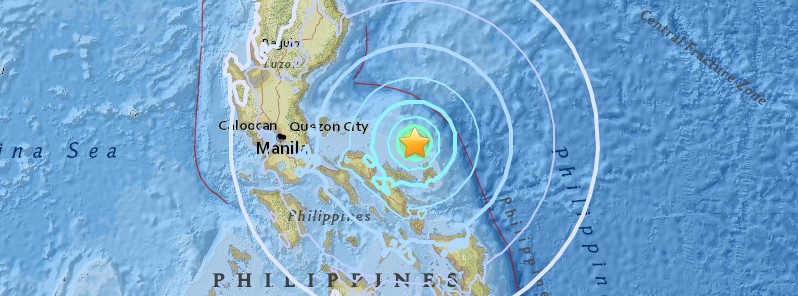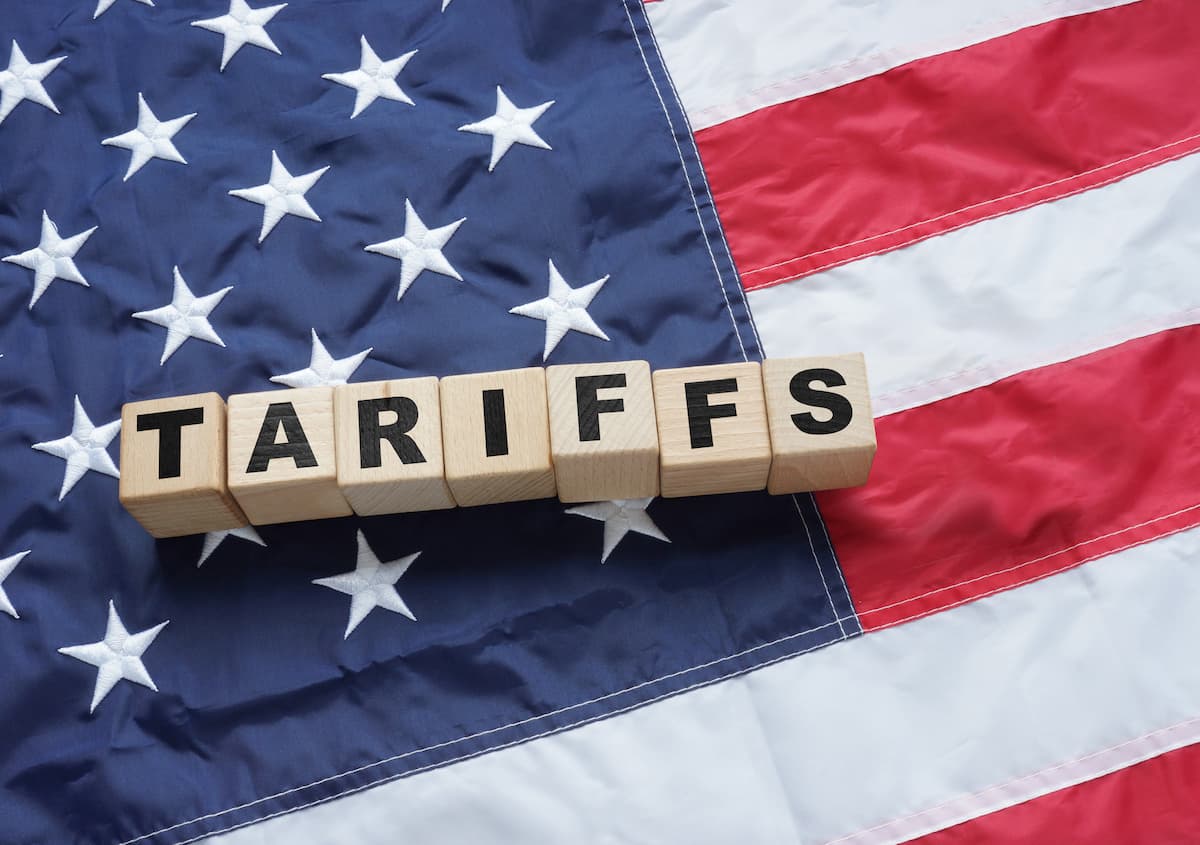Powerful Earthquake Rattles Southern Philippines and Indonesia: Tremors, Minor Waves, and Widespread Fear- A powerful undersea earthquake struck the southern Philippines on Friday, shaking nearby regions and prompting tsunami alerts across the Pacific. Although the Pacific Tsunami Warning Center (PTWC) in Honolulu has since declared that the tsunami threat has passed, experts caution that minor sea-level changes may persist for several hours along coastlines in the region. A massive 7.6-magnitude earthquake jolted the southern Philippines on Friday, sparking panic among residents and prompting tsunami alerts across coastal communities. Emergency teams have been deployed to coordinate evacuations and relief operations, while neighboring Indonesia also reported minor tsunami waves following the powerful undersea tremor.
Early assessments show that the earthquake caused visible structural damage in several areas, especially in the province of Davao Oriental in the Philippines. Cracks appeared in public buildings, schools, and homes as the ground shook violently for several seconds. Disaster-response officials are still surveying affected communities to determine the full extent of the impact.
“We’ve had earthquakes in the past, but this was the strongest,” said Jun Saavedra, a disaster-mitigation officer in Governor Generoso, one of the towns closest to the epicenter.
Speaking via cellphone, Saavedra described how residents ran out of their homes in panic as the earth trembled beneath them. “It was like the whole ground was rolling,” he said. “People were screaming, holding on to one another. Even our office walls have cracks now.”
Governor Generoso lies roughly 100 kilometers south of Manay, the area believed to be nearest the quake’s origin. Saavedra reported that at least 50 high school students were taken to hospitals after fainting or feeling dizzy during the tremors. Fortunately, no serious injuries have been reported so far.
Local authorities have suspended classes in several towns to allow engineers to inspect school buildings for damage. Temporary shelters have also been set up for families whose homes were damaged or are considered unsafe to occupy.
The Philippine Institute of Volcanology and Seismology (PHIVOLCS) said the main earthquake was followed by a series of aftershocks, though most were minor. The agency continues to warn residents to stay alert, especially in areas prone to landslides or located near the coast.
Experts explained that the quake’s depth helped minimize the risk of a large tsunami but intensified the ground shaking felt on land. This is a typical pattern in the Pacific “Ring of Fire”, a zone that stretches around the Pacific Ocean and is notorious for frequent earthquakes and volcanic eruptions.
Both the Philippines and Indonesia are situated along this seismic belt, making them among the world’s most disaster-prone nations. The region has endured several devastating earthquakes in recent decades. In 2018, an earthquake and tsunami in Indonesia’s Sulawesi island claimed more than 4,000 lives — a tragedy that remains fresh in regional memory.
As relief and assessment efforts continue, local police, army units, and disaster-response teams have been deployed to help affected residents. Emergency crews are checking infrastructure, clearing debris, and restoring essential services. Power and water supply were briefly disrupted in some parts of Davao Oriental but are gradually being restored.
Humanitarian organizations are also coordinating to provide food, medical aid, and psychological support to those affected. “Many people are still shaken emotionally,” one Red Cross volunteer said. “Even though the damage isn’t catastrophic, the fear remains very real.”
Residents in coastal towns have expressed relief that the tsunami warnings were lifted without major incident. “We were terrified when we heard the alarms,” said Maria de la Cruz, a teacher from Davao Oriental. “Everyone ran uphill, thinking the sea would rise. It’s a miracle we’re safe.”
Authorities warn that aftershocks could continue for days, and they urge residents to remain cautious and follow official advisories. Structural engineers are prioritizing schools and hospitals to ensure public safety before allowing people back inside.
For many in the region, Friday’s quake was a sobering reminder of how fragile life can be along the volatile Ring of Fire. Even though the tsunami danger has passed, the event has renewed conversations about preparedness, early warning systems, and resilient infrastructure — vital tools for communities that live under the constant shadow of natural disasters.
As rescue teams continue their assessments and families rebuild their sense of safety, one message echoes through the coastal towns: Mother Nature may have shaken them hard, but their spirit remains unbroken.
Regulatory T Cells Win Big: Nobel Prize 2025 in Medicine | Maya



